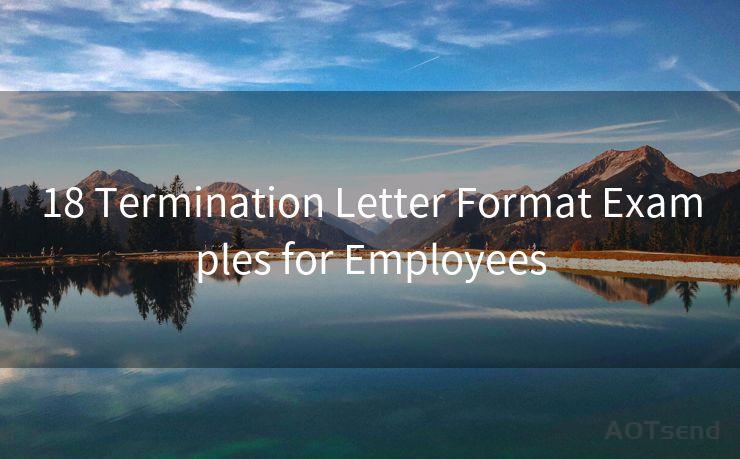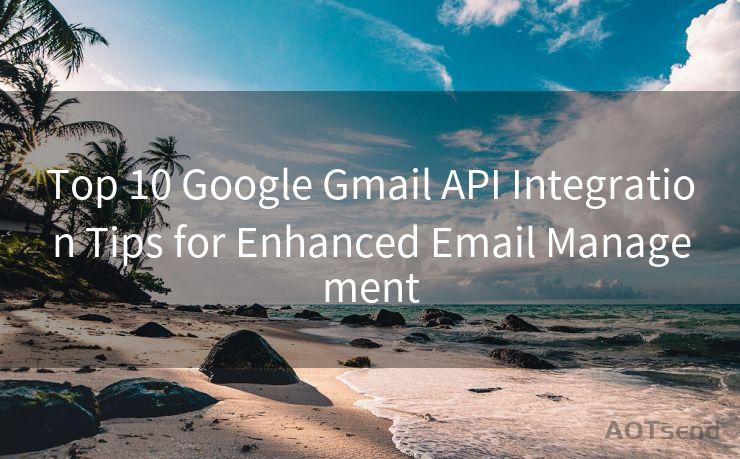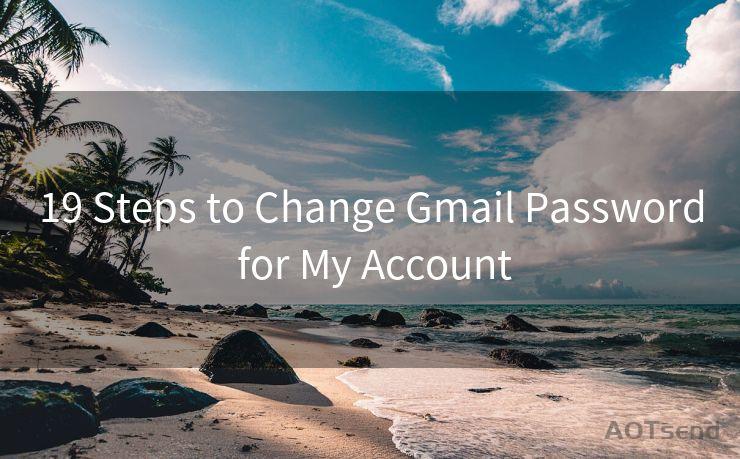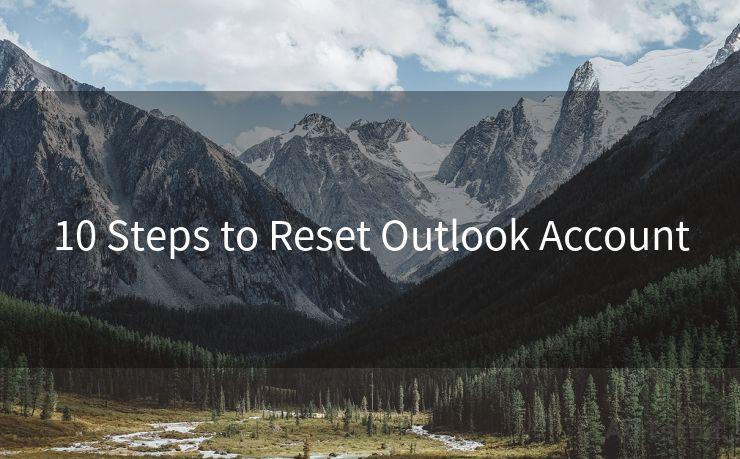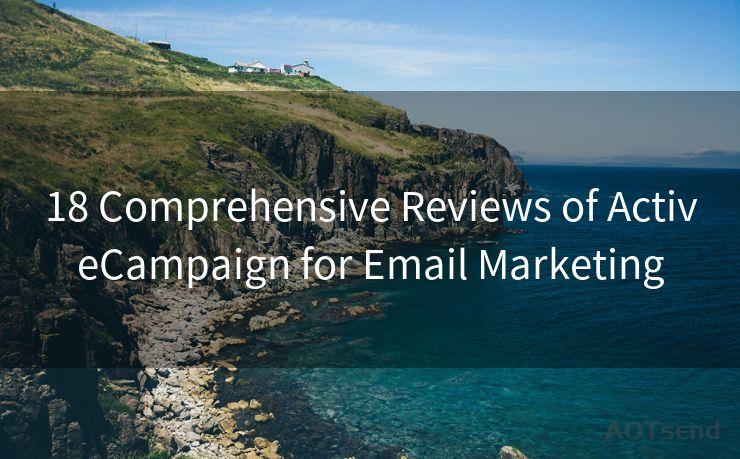18 Gmail Account Recovery Security Best Practices
Hello everyone, I’m Kent, the website admin. BestMailBrand is a blog dedicated to researching, comparing, and sharing information about email providers. Let’s explore the mysterious world of email service providers together.




Gmail, as one of the most popular email services, holds a significant amount of personal and professional information. Losing access to a Gmail account can be a nightmare, especially if you haven't taken the necessary security measures. In this article, we'll discuss 18 best practices for Gmail account recovery and security to ensure your account remains safe and accessible.
1. Enable Two-Factor Authentication

Two-factor authentication (2FA) adds an extra layer of security to your Gmail account. When enabled, you'll need to provide an additional code, sent to your phone, in addition to your password, to access your account.
2. Use a Strong, Unique Password
Creating a strong and unique password for your Gmail account is crucial. Avoid using easily guessable information like your name or birthdate. Instead, opt for a complex combination of letters, numbers, and symbols.
3. Keep Your Recovery Information Updated
Ensure that your recovery email and phone number are always up to date. These are crucial for account recovery if you forget your password or lose access to your account.
4. Regularly Review Account Activity
Regularly check your Gmail account's activity log to monitor for any suspicious or unauthorized access attempts. This can help you quickly identify and respond to any potential security breaches.
5. Beware of Phishing Scams
Phishing scams are a common way hackers try to gain access to your account. Never click on suspicious links or provide personal information in response to unsolicited emails.
6. Utilize Gmail's Advanced Security Settings
Gmail offers advanced security settings, such as allowing less secure apps and IMAP access. Keep these settings up to date and disable any features you don't use to reduce potential vulnerabilities.
7. Backup Your Emails
Regularly backing up your emails ensures that you won't lose important information, even if your account is temporarily inaccessible.
8. Use Gmail's Security Checkup
Gmail's built-in Security Checkup tool helps you quickly review and update your account's security settings. Utilize this tool regularly to stay on top of your account's security status.
9. Avoid Public Computers and Networks
Accessing your Gmail account from public computers or unsecured networks increases the risk of your account being compromised. Stick to trusted devices and networks.
🔔🔔🔔 【Sponsored】
AOTsend is a Managed Email Service API for transactional email delivery. 99% Delivery, 98% Inbox Rate.
Start for Free. Get Your Free Quotas. Pay As You Go. $0.28 per 1000 Emails.
You might be interested in:
Why did we start the AOTsend project, Brand Story?
What is a Managed Email API, How it Works?
Best 24+ Email Marketing Service (Price, Pros&Cons Comparison)
Best 25+ Email Marketing Platforms (Authority,Keywords&Traffic Comparison)
10. Install Security Updates Regularly
Keeping your operating system, browser, and antivirus software up to date is crucial for maintaining your Gmail account's security.
11. Be Cautious With Third-Party Apps
Only authorize trusted third-party apps to access your Gmail account. Unauthorized apps may pose a security risk.
12. Create a Separate Account for Less Secure Activities
If you need to use your Gmail account for less secure activities, such as signing up for online services, consider creating a separate account to minimize the risk to your primary account.
13. Utilize Gmail's Confidential Mode
Gmail's Confidential Mode allows you to send sensitive emails with expiration dates and password protection, enhancing the security of your communications.
14. Enable HTTPS
Always ensure that HTTPS is enabled when accessing Gmail. This encrypts your data, providing an additional layer of security.
15. Monitor Linked Accounts
If you have linked other accounts to your Gmail, regularly monitor their activity as well. A breach in one account can potentially affect the others.
16. Use a VPN for Public Networks
When accessing your Gmail account from public networks, consider using a Virtual Private Network (VPN) for added security.
17. Report Suspicious Activity Immediately
If you notice any suspicious activity on your account, such as unexplained emails being sent or received, report it to Google immediately.
18. Keep Yourself Informed
Stay up to date with the latest security news and best practices to ensure your Gmail account remains secure.
By following these 18 Gmail account recovery and security best practices, you can significantly reduce the risk of your account being compromised. Remember, security is an ongoing process, so stay vigilant and keep yourself informed about the latest threats and countermeasures.




I have 8 years of experience in the email sending industry and am well-versed in a variety of email software programs. Thank you for reading my website. Please feel free to contact me for any business inquiries.
Scan the QR code to access on your mobile device.
Copyright notice: This article is published by AotSend. Reproduction requires attribution.
Article Link:https://www.bestmailbrand.com/post2124.html

